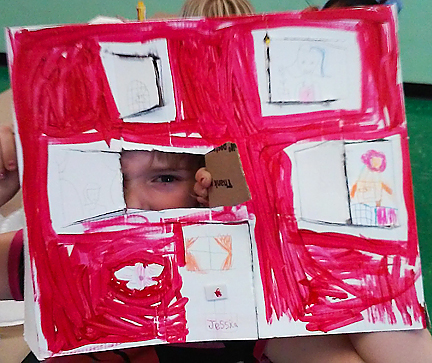The Passion of Frida Kahlo
Today I taught about the extraordinary Mexican artist Frida Kahlo to teenagers, in conjunction with a lesson about color, acrylic painting, and self-portraits. Last week they had learned about color mixing, and painted the color wheel, some of them for the first time. They played with mixing colors, discovering (I hope) some of their personal color tastes and preferences, and feelings for color as they used the primaries to mix the secondaries, the primaries and secondaries to create the tertiaries, and use white to create tints.

All this was partially in preparation for painting today, inspired by Frida. The students used a photograph of themselves as a starting point, and painted around it, and “into it” (over it, if they so chose), and they will work on these and hopefully complete them next week. Preparing for this class brought me into contact with the work and life of Frida Kahlo…not for the first time…and then trying to communicate about her to the students. I thought I would share as bit of her work, life and spirit with You.
 ‘Frida in Coyoacán’, 1939 (photograph by Nickolas Muray)
‘Frida in Coyoacán’, 1939 (photograph by Nickolas Muray)
Frida Kahlo de Rivera , born Magdalena Carmen Frieda Kahlo y Calderón, was a Mexican painter who is best known for her self-portraits: her paintings of herself.
 “The Frame” (“Le Cadre”), 1937-38, oil on aluminum and glass
“The Frame” (“Le Cadre”), 1937-38, oil on aluminum and glass
Some have called her the world’s most famous female painter. She was also a political activist and legend in her own lifetime and beyond, an extraordinary and unique personality who took what Life dealt her, and rewove it into passionate, lyrical and unforgettable works that continued to be treasured today. She left the world a unique treasure: her works a painted diary. She revealed her inner and outer life with passion, courage and visual poetry filled with color and magic.
 “Self-Portrait with Bonito”, 1941, oil on canvas
“Self-Portrait with Bonito”, 1941, oil on canvas
Frida Kahlo’s life began and ended in the same, now famous, house. She was born in 1907 in the Colonia del Carmen neighborhood of Coyoacan, Mexico City, and died in 1954 in her family home, La Casa Azul, the Blue House, now the Frida Kahlo Museum.
 La Casa Azul, (The Blue House)
La Casa Azul, (The Blue House)
Frida Kahlo survived numerous challenges both physical and emotional in her life, including contracting polio as a child, a long recovery from a serious bus accident, and two tempestuous marriages to and divorces from painter Diego Rivera. She mined these experiences, as well as her strong feelings about her Mexican identity, politics and cultural influences to create highly evocative and personal paintings that communicate universal human feelings and experiences..
At the age of six, she was stricken with polio. It affected her right leg. She spent nine months in bed.
She studied in Mexico City at the National Preparatory School. She planned to become a doctor, but an almost fatal bus accident at the age of 18 changed her life forever. Following her accident she began painting intensely. Perhaps best known for her self-portraits, Kahlo’s work is remembered for its “pain and passion”, and its intense, vibrant colors.
 ‘Self Portrait with Thorn Necklace and Hummingbird‘,
‘Self Portrait with Thorn Necklace and Hummingbird‘,
1940 (oil on canvas)
She produced 143 paintings, 55 of which are self-portraits. When asked why she painted so many self-portraits, Frida replied: “Because I am so often alone….because I am the subject I know best.”
A strikingly handsome woman, the Frida was known to stop traffic in San Francisco, New York and Paris in her long traditional Mexican dresses, her hair braided with ribbons and flowers to identify with her indigenous Mexican culture. Frida dressed this way throughout her adult life, partly to hide a shorter right leg caused by childhood polio.

Frida in one of her traditional Mexican outfits
Frida Kahlo used personal symbols to express her feelings in her paintings. Though some have labeled her art as Naïve art or folk art, Surrealism or Magic Realism, she considered her art to be realistic. Each self-portrait captures aspects of her feelings, and her life experience. In the style of “Magic, or Magical Realism”, magical elements are presented as a natural part of an otherwise realistic environment.
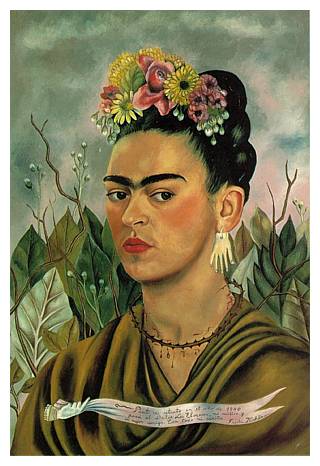 ‘Self Portrait’, 1940, (oil on board)
‘Self Portrait’, 1940, (oil on board)
Frida lived her life to the fullest, despite immense pain,challenges, and suffering. She had a gift for communicating her emotions to the world through painting. Her paintings are beautiful, often heartbreaking works, and are uniquely her style. Yet she was an amazing woman in her own right, for what she has endured, how she persevered, and how she remains an inspiration and example of strength. She said,
“I am not sick. I am broken.
But I am happy as long as I can paint.”

Unforgettable Frida
She died on July 13, 1954 of a blockage in her lungs at age 47.
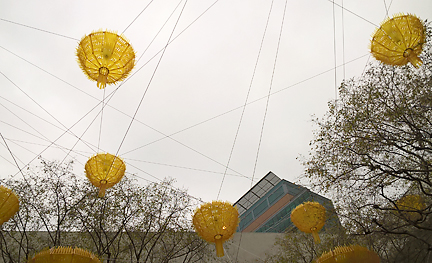
 Courtyard installalation at The Hammer Museum in Westwood near UCLA brightens a winter day.
Courtyard installalation at The Hammer Museum in Westwood near UCLA brightens a winter day.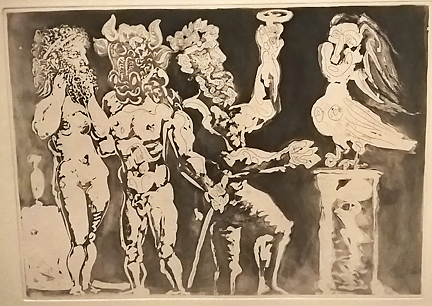
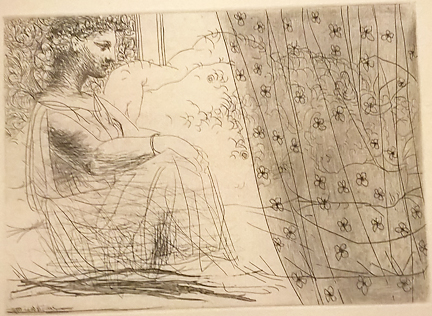 Extraordinary works by Pablo Picasso….
Extraordinary works by Pablo Picasso….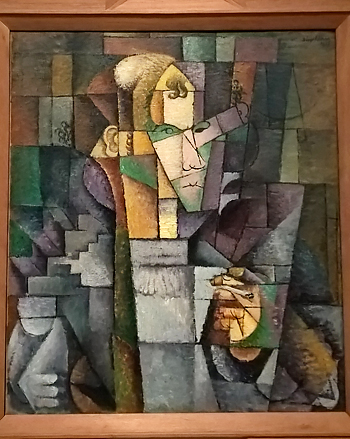
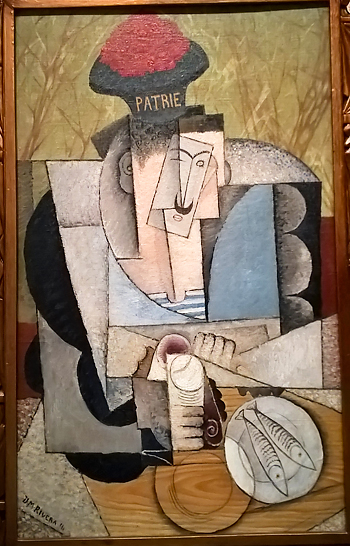 Extraordinary works by Diego Rivera
Extraordinary works by Diego Rivera
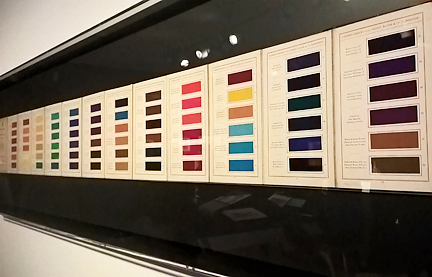 The “THE ART OF ALCHEMY” show at Getty Center.
The “THE ART OF ALCHEMY” show at Getty Center.







